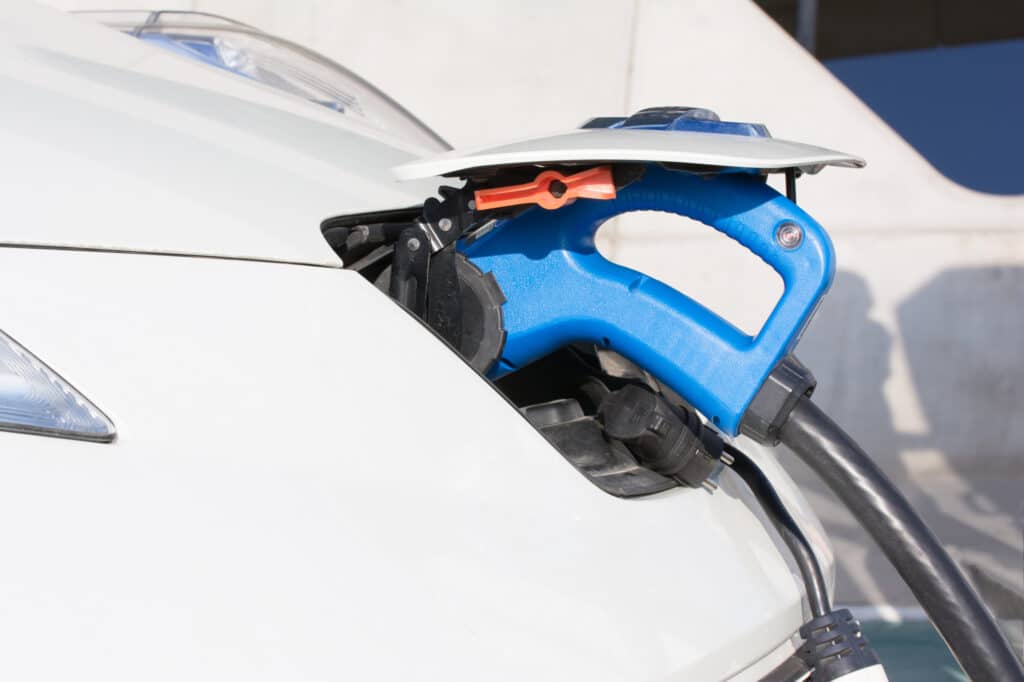Bay Area EV Drivers Helped Prevent Blackouts During 2022 Heat Waves with MCE Load-Shifting Program
ev.energy, a provider of electric vehicle (EV) charging software, and Recurve, an open-source platform that enables planning, procurement, and demand flexibility for virtual power plants, proved the power of EV charging load shifting programs with partner MCE, helping California Bay Area EV drivers reduce charging usage by 5 MWh during California’s September heat wave. The usage is equivalent to the average daily energy usage for almost 300 households.

In a bid to revolutionize the energy market, MCE has embarked on numerous partnerships aimed at promoting sustainable and economically friendly solutions. In November 2021, they joined forces with ev.energy, launching MCE Sync, a free mobile application. The app offers a seamless way for customers to charge their Electric Vehicles (EVs) during off-peak hours, resulting in significant savings without the need for specialized hardware.
Earlier in April 2021, MCE had partnered with Recurve to launch the Peak FLEXmarket. This program, worth $6 million, is an innovative initiative intended to support decarbonization and improve grid reliability. The core strategy is to offer incentives to consumers who reduce their energy consumption during times of peak demand, thereby balancing the load on the grid while enabling participants to save on their energy bills.
“MCE is proud to operate a program that helps our customers save money and reduce their carbon footprint by shifting usage toward hours of the day where renewable energy is affordable and abundant,” said Kevin Haroff, MCE Board Director and City of Larkspur Councilmember. “It is especially rewarding to put money back in our customers’ wallets during this period of inflation and rising utility bills.”
From August 31 to September 9, a critical period in California’s energy landscape, the California grid operator (CAISO) was forced to issue daily Flex Alerts. These alerts were an urgent call to California’s residents, asking for a reduction in energy consumption between 4 pm and 9 pm. MCE, always responsive to the state’s energy needs, heeded this call through the Peak FLEXmarket. The FLEXmarket issued dispatches to MCE Sync, which in turn automatically reduced customers’ EV charging by as much as 96%.
This significant reduction played a pivotal role in helping California prevent potential blackouts during these peak periods. The response from app users was overwhelmingly positive, with 98% participating in these energy reduction measures. Ultimately, the combined efforts of MCE Sync users led to a substantial reduction in energy consumption from EV charging, saving over 5 MWh over the 10-day period. To acknowledge their contribution to energy conservation, all participating drivers will receive cash compensation. The success of this initiative stands as a testament to the power of collective action in preserving our energy resources and promoting sustainability.
“MCE is committed to advancing electric transportation programs that make EVs and EV charging affordable, accessible and renewably powered,” said Dawn Weisz, CEO of MCE. “MCE Sync is a great example of how community choice aggregators (CCAs) can help drivers save money on their EV charging while effortlessly supporting grid reliability.”
Marin County resident and MCE customer Lydia Vignau uses MCE Sync to charge her Tesla Model 3. “I am happy to do my part to help balance the grid,” she said. “I [trust] MCE with my data because it is being used to help balance the grid, the app is reliable, and my car is ready when I need it.”
Contra Costa County resident and MCE customer Thomas Ganey uses MCE Sync to charge his EV at home. “It’s always nice to know that smart charging settings use power when it’s most sustainable and grid friendly,” he said. “It was of no inconvenience to me at all.”
The ability to reduce energy consumption at critical times is an invaluable resource to help the state avoid outages. By shifting electric vehicle (EV) charging out of peak hours, we can significantly diminish the burden on our grid. This strategy will become increasingly important as California prepares to ban the sale of combustion-engine vehicles beginning in 2035. As we transition toward a future powered predominantly by electric vehicles, managing when and how these vehicles are charged will be vital in maintaining grid stability. Therefore, initiatives like the FLEXmarket, which encourage and incentivize smart charging practices, will play an essential role in ensuring a sustainable and reliable energy future in California.

